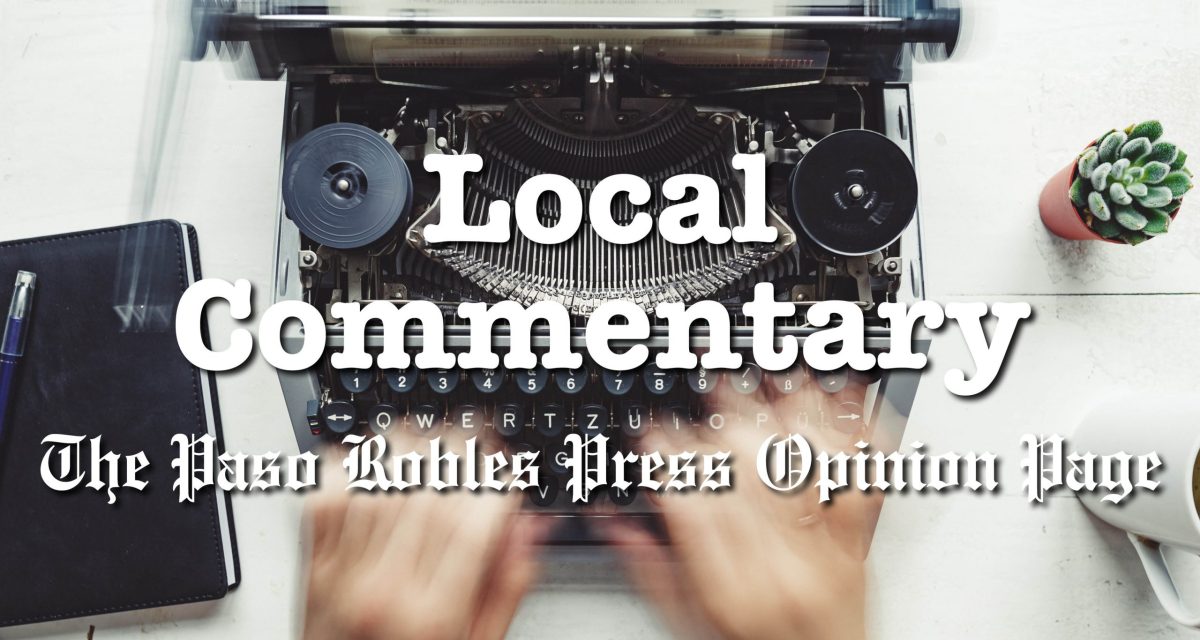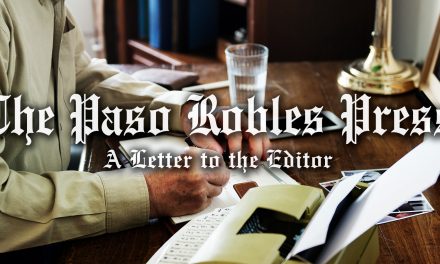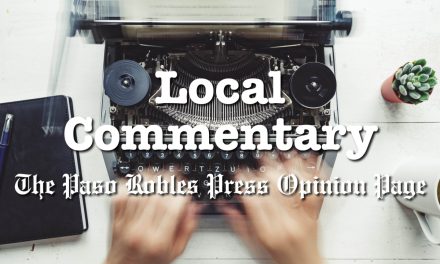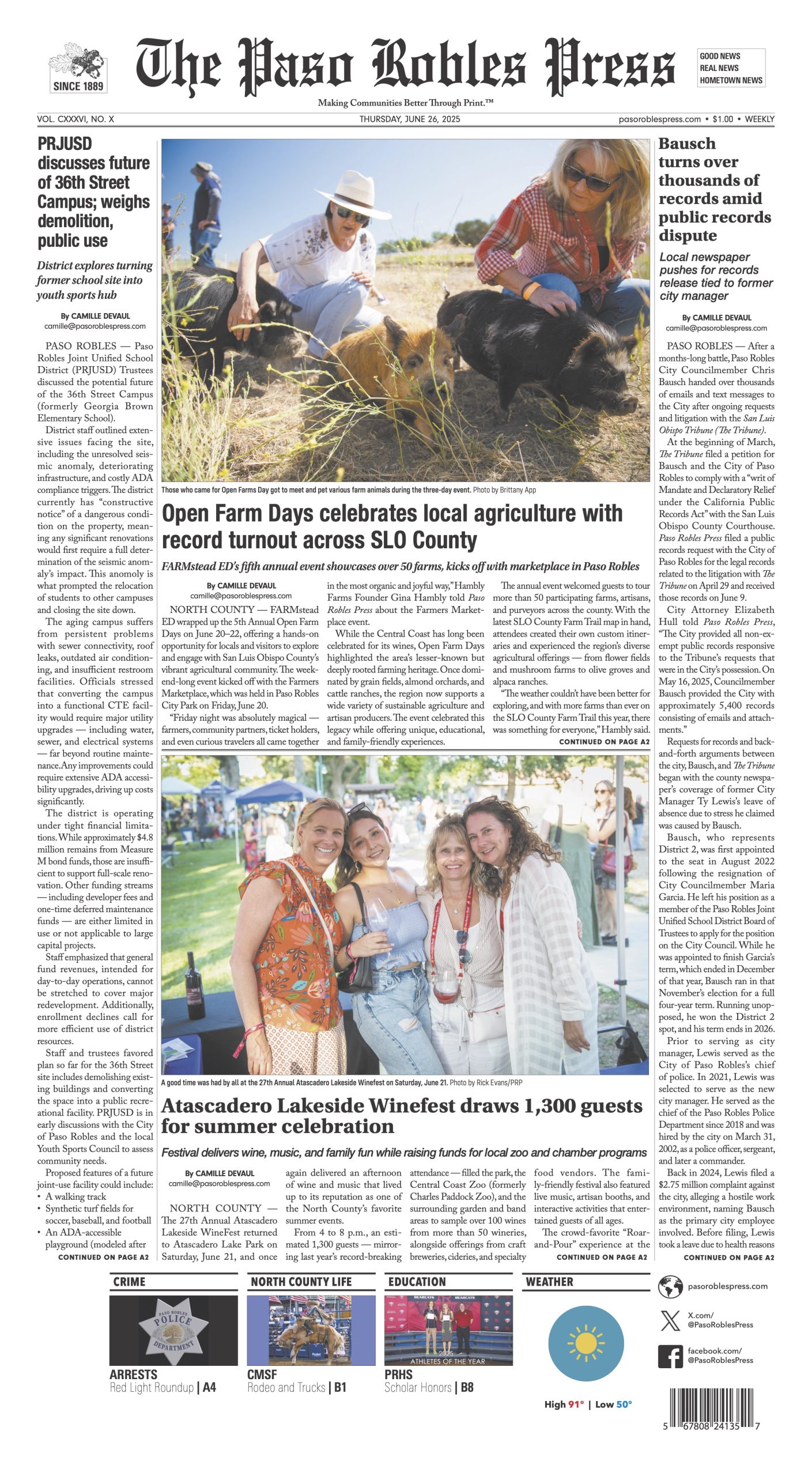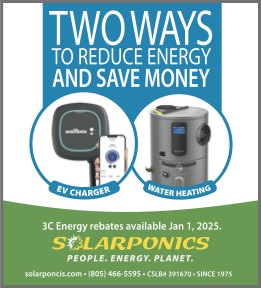By Aaron Bergh, Opinion Columnist

How are there a record-breaking 11 million open jobs in the United States while 7.6 million Americans are still unemployed? With such a large surplus of available jobs, the unemployment rate should theoretically be 0 percent—or at least much lower than the current 4.8 percent rate. Less than 200,000 jobs were added last month, falling incredibly short of the 500,000 projection by the nation’s economists. The unintended effects of government economic intervention have proven to be longer-lasting and more extensive than anyone imagined. Donald Trump, Joe Biden, and blue state governors like Gavin Newsom are to blame for implementing and continuing terrible, short-sighted policies that disincentivized people from working.
When the federal, state and local governments coordinated a shutdown of our economy in March of last year, the United States experienced the highest unemployment rate since the Great Depression. Although extreme joblessness and economic turmoil are to be expected in the face of a once-in-a-century pandemic, it shouldn’t have lasted as long as it did. More than a year and a half later, we’re still experiencing a massive labor crisis despite the waning of COVID-19 cases and the availability of highly effective vaccines. The severe supply chain interruptions and skyrocketing inflation we’re experiencing are directly downstream.
Ronald Reagan warned us that “the nine most terrifying words in the English language are ‘I’m from the government, and I’m here to help.’” Instead of heeding that warning, we cheered as governors directed their unemployment bureaus to issue no-questions-asked checks even after the major threat of COVID had passed. The Trump administration used the CDC to unilaterally instate an unconstitutional eviction moratorium and muscled Congress into passing bills that gave every unemployed American $2400 per month on top of the benefits they were already receiving. We should have seen through the thin veil of altruism when both Donald Trump and Gavin Newsom used large stimulus payments as a strategy to further their political careers by buying votes in the face of impending elections.
It’s simple: when people are faced with the option of getting paid by their employer to continue to work or getting paid by their government not to work, many will choose the latter option. Anyone who denies this fact of human nature is wrong. Although oftentimes the unemployment benefits were less than their salaries, the loss in overall income was offset by avoiding rent, and many people were willing to sacrifice some income if it meant they could spend every day in leisure.
Unfortunately, much of the money used to pay people not work was printed out of thin air. In fact, the US Treasury printed so much money last year that our entire money supply increased by 25 percent—the largest year-over-year increase in the history of our country. When more dollars are put into circulation, it devalues our currency and results in inflation. You’ve likely noticed that the prices of rent, food, and gas have increased at a similar rate. Americans have become the victim of a political sleight of hand: we were too distracted by the excitement of receiving nominal amounts of free money to realize that our entire savings accounts were being devalued in the process.
When people don’t want to work, businesses can’t operate and supply the chain of goods you rely upon to live. Inflation is making the problem even worse. Because the dollar has less buying power, workers are demanding higher compensation before they’ll come back to work. Businesses are so desperate to resume operations that they’re willing to pay ridiculously high wages to anyone with a pulse. But in order to pay higher wages, businesses need to raise prices, which further devalues the dollar and creates a vicious feedback loop of out-of-control inflation. In fact, even though overall wages grew, the rate of inflation is so high that the gains are being reversed.
The labor shortage also has its own internal feedback loop. You may have noticed longer wait times and frequent errors at your favorite restaurant. The lines at the grocery store may be longer. Some items may be out of stock because there was no one to unload the sea container at the docks or drive the truck from the warehouse to the market. It turns out employees hate these inconsistencies as much as you do. It’s stressful and spoils the fun of the job. Having to wear a mask for eight hours or feeling forced to get vaccinated is also having a negative effect on morale. There is a high rate of burnout among those who chose to work through the pandemic. Many of them are leaving their jobs in hopes of finding something better, in what’s been dubbed the Great Resignation. The hospitality industry has been hit the hardest—in August alone, nearly 1 million hospitality employees quit their job.
The labor shortage and its downstream effects may be getting worse before it gets better. Our elected leaders won’t admit that this economic upheaval could have been avoided, or at least the severity of it. Their job security depends on their ability to maintain the illusion that they are helping. As the economic strife inevitably worsens, there will be more frenzied calls to “do something!” It’s important for us to remember how the first domino was knocked down and distrust further so-called solutions from those who did it.

